Sohini and Rishi discuss Shiva’s cosmic dance, “Tandava,” crushing Apasmara (ignorance) underfoot, symbolising the triumph of knowledge and the cyclical nature of the universe, exclusively for Different Truths.
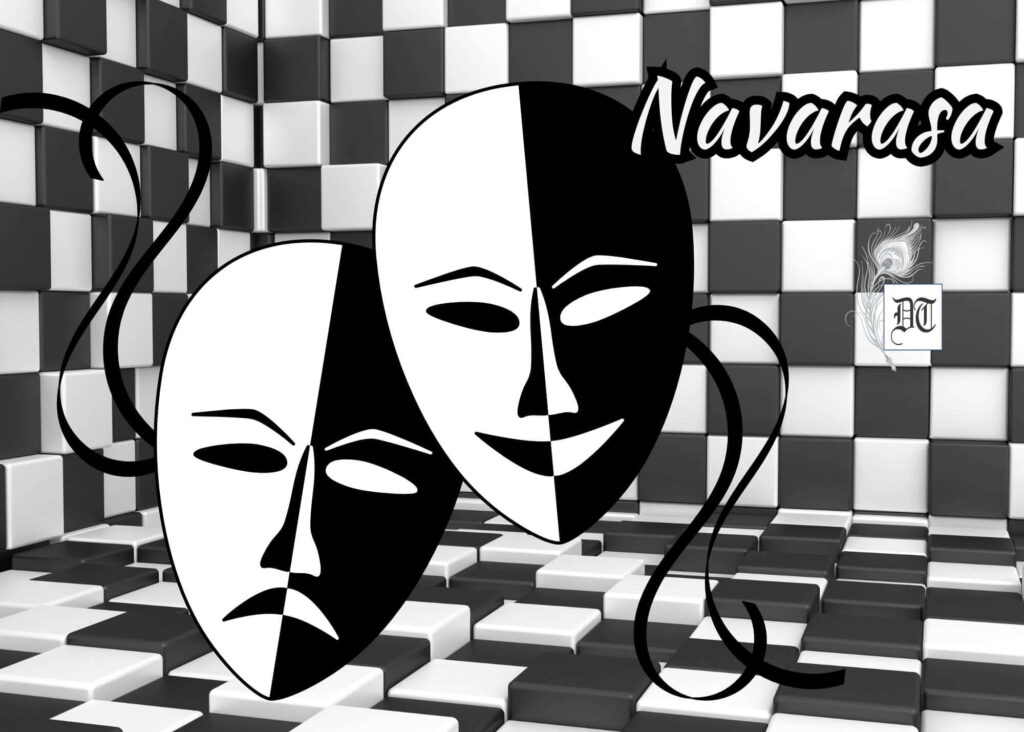
In Hindu mythology, Nataraja is associated with the narrative of Apasmara Purusha (Apasmara), a demon who represents ignorance and ego. He had the face of a monster and the body of a baby. According to mythology, Apsamara undertook extreme penance and austerities to satisfy the gods. As a return for his commitment, he was granted the ability to cause seizures and epilepsy in others. With his newfound ability, Apasmara began to cause chaos and dread in the world by inducing seizures in people during routine activities.
People affected by epilepsy and seizures began to behave strangely, became forgetful, and got into fights and conflicts with one another. One day, Apasmara planned to utilize his talents on Goddess Parvathi, Lord Shiva’s wife. Parvathi realises her memory is being disrupted and informs Lord Shiva, who discovers Apasmara’s actions and chooses to fight him in order to restore balance and peace on earth.
However, by his very nature, Apasmara was supposed to be everlasting, as his death meant gaining knowledge without effort, and killing him disrupted the balance of knowledge and ignorance on the Earth.
Lord Shiva then transforms into Nataraja and performs the cosmic dance “Thandava” to crush Apasmara under his right foot. Because Apasmara had to be immortal, Lord Shiva, as Nataraja, chose to crush him for all eternity.
The Cosmic Dance in Chidambaram
The cosmic dance is thought to have been performed in Chidambaram, a town in South India. Nataraja is seen with four arms, grasping various objects such as a drum and a flame, and dancing within a halo of fire. Nataraja’s imagery is full of symbolism. Every aspect of Nataraja’s representation has deeper meaning and significance.
The flame arch that surrounds Nataraja signifies cosmic energy and the universe, along with agony, misery, and illusion. It signifies life’s cyclical cycle, as well as the fire that both generates and destroys everything.
The halo’s inner edge indicates ocean water.
The crescent moon on his head represents the individual soul’s unification with ultimate reality. It also depicts Kama, the god of nighttime love.
The serpent encircling Nataraja’s waist depicts the human soul’s transmigration from one body to another, like how a snake sheds its skin.
Eradication of Illusions
The strands of hair with the river Ganga reflect Lord Shiva’s ability to calm down frivolous situations in the same way that he controlled the flow of Ganga from heaven through his dreadlocks. Nataraja holds a flame in his left hand, representing the universe’s destruction and dissolution. It also refers to the eradication of illusions from people’s minds.
Apasmara, crushed beneath his feet, represents ignorance and arrogance. The deed symbolises the defeat of these undesirable characteristics.
Nataraja’s right hand holds a little drum called Damaru, which depicts the sound of the universe’s creation, “Om,” and the left anterior hand, which points to the left foot, signifies the disclosing grace, the act of creating the world.
The right anterior hand of the Abhaya Mudra represents protection and fearlessness.
The Influence of Lord Shiva’s Iconography
Nataraja is one of the most well-known and lasting subjects in Hindu art and culture. Throughout history, Nataraja has been represented in numerous shapes, each with its own meaning and cultural value.
One of the most prominent depictions of Nataraja is the bronze sculpture, which is a masterpiece of the Chola bronze casting tradition. The statues are recognized for their meticulous detailing and are regarded as one of the best examples of Indian bronze casting.
Nataraja’s importance in Indian culture and religion is also seen in its widespread use in literature, music, and dance. Nataraja dance is an essential component of the classical Indian dance genre Bharatanatyam. Padma Subrahmanyam, a notable Indian classical dancer, has paid tribute to Nataraja in a number of her performances.
Nataraja’s stance, known as “Ananda Tandava,” is extensively practiced since it is considered an important part of yoga.
The story and cosmic dance of Nataraja have inspired authors all around the world to produce works about this topic. Some examples include “The Dance of Siva: Religion, Art, and Poetry in South India” by David James Smith and “Dancing with Siva: Hinduism’s Contemporary Catechism” by Satguru Sivaya Subramuniyaswami.
Nataraja Within the Context of Indian History & Literature
The oldest depictions of Nataraja were discovered in the stone reliefs of the Ellora Caves in Maharashtra and the Badami Caves in Karnataka, dating back to roughly the 6th century CE. Bronze sculptures of Nataraja have been discovered in the Chola Empire, which ruled over South India from the 9th to 13th centuries CE.
The “Anshumadbhedagama,” a Shaivite literature composed around the 9th century CE under the Pallava dynasty, is the oldest known text that mentions Nataraja. These works, written in Tamil and Sanskrit, were popular in Tamil Nadu.
Thiruvasangam, a volume of Tamil hymns published in the 9th century CE by saint Manikkavasagar, a Lord Shiva devotee, contains the philosophical concept of the cosmic cycle of destruction and regeneration.
Interesting Facts about Nataraja
1. The first known image of Nataraja was unearthed in the area of the Chola Empire, which ruled southern India from the 9th to the 13th century.
2. The world’s tallest Nataraja statue is located in Kumbakonam, Tamil Nadu, India. The statue, which stands more than 23 feet tall, took artist Varadaraj ten years to finish. Installation took place in 2022.
3. CERN received a Nataraja statue as a gift from India to commemorate its partnership with the institution.
4. The Nataraja temple in Chidambaram, Tamil Nadu, is one of South India’s five holiest Shiva temples, with nine entrances symbolising the nine orifices of the human body.
The Timeless Relevance of Nataraja
Despite being an ancient deity, Nataraja’s tale and iconography remain relevant and significant in present times. Nataraja’s dance of destruction and regeneration serves as a reminder that change is an unavoidable component of life and that destruction is required for fresh starts. The message of Nataraja’s “Ananda Tandava” stance is especially relevant in today’s fast-paced society when people are constantly looking for ways to improve themselves.
Nataraja’s narrative is particularly relevant for those going through difficult moments in their lives. Apasamara in real life represents the trials and problems that people experience. Though it is difficult to exclude unpleasant experiences from our lives, humans, with wisdom and hard work, can try to overcome them, just as Nataraja crushes Apasmara. Nataraja’s story and dance remind us that the ultimate purpose of human life is to transcend the illusions of the material world and join with the divine.
(Concluded)
Cowritten by Rishi Dasgupta

Rishi Dasgupta, a Masters in Economics from the University of St. Andrews, Scotland, is a millennial, multilingual, global citizen, currently pursuing a career in the UK. An accomplished guitarist and gamer, his myriad pursuits extend to the study of the ancient philosophies and mythologies of India. ‘Adi Shiva: The Philosophy of Cosmic Unity’ is Rishi’s second book as co-author.
Picture design by Anumita Roy

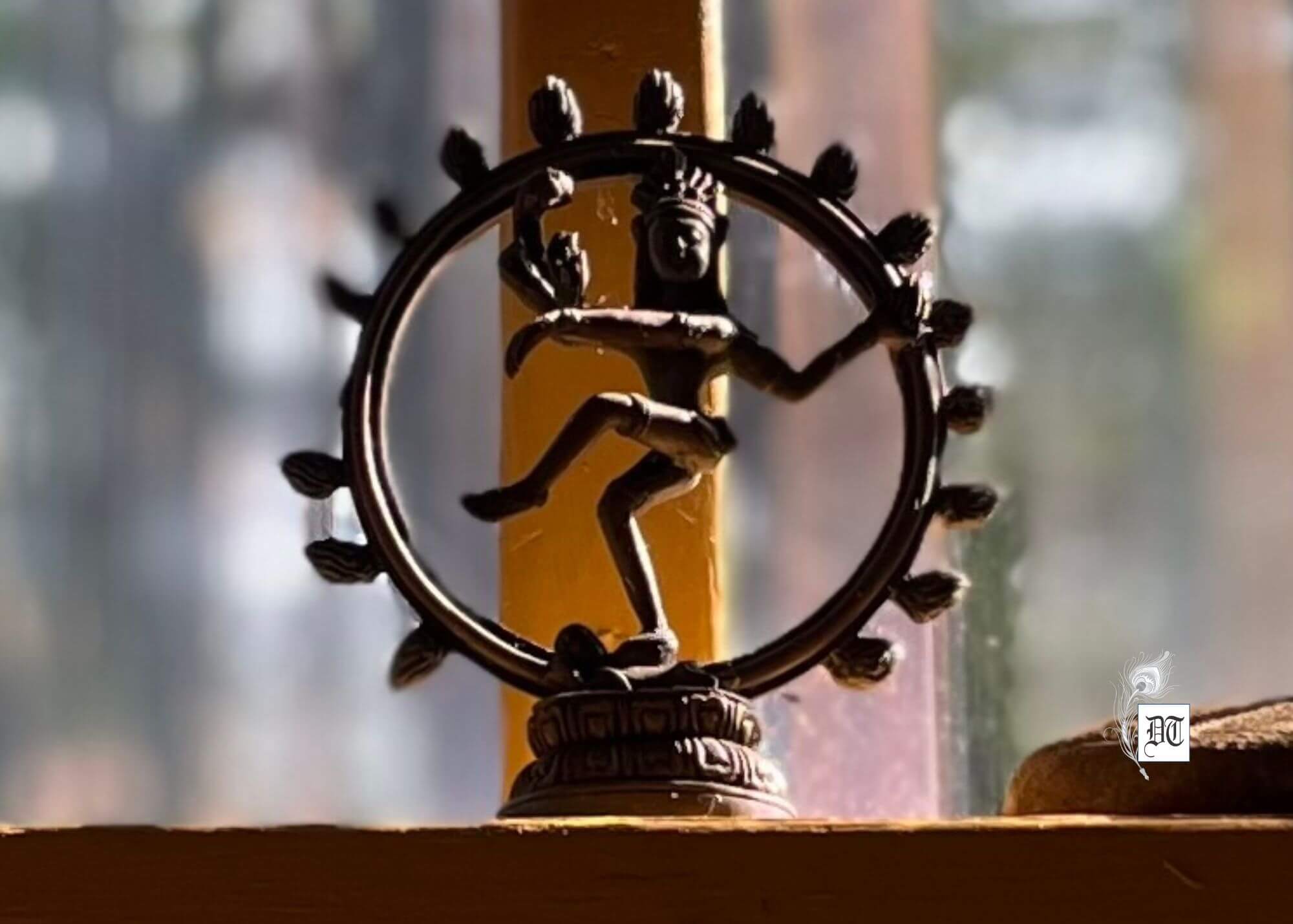

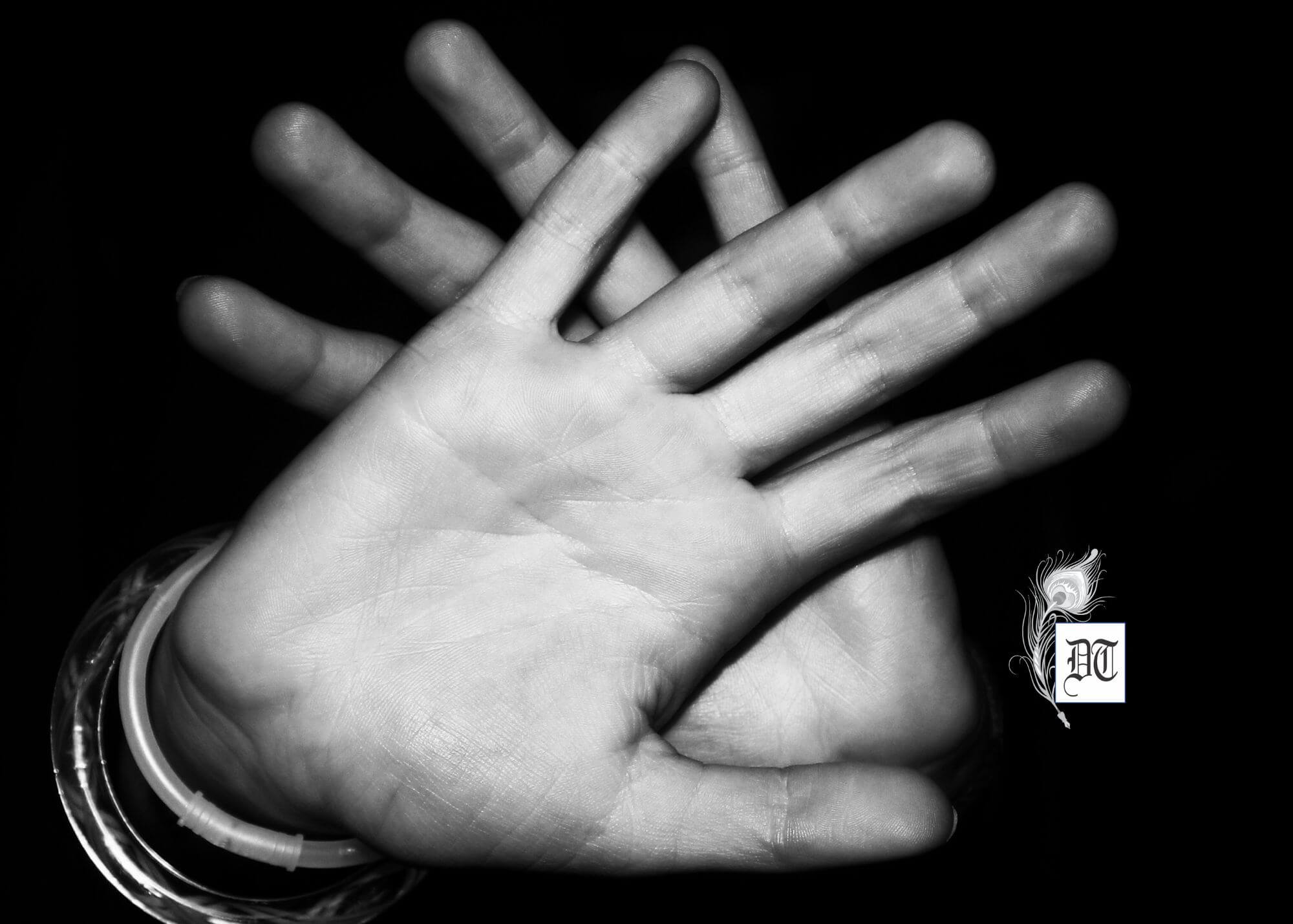
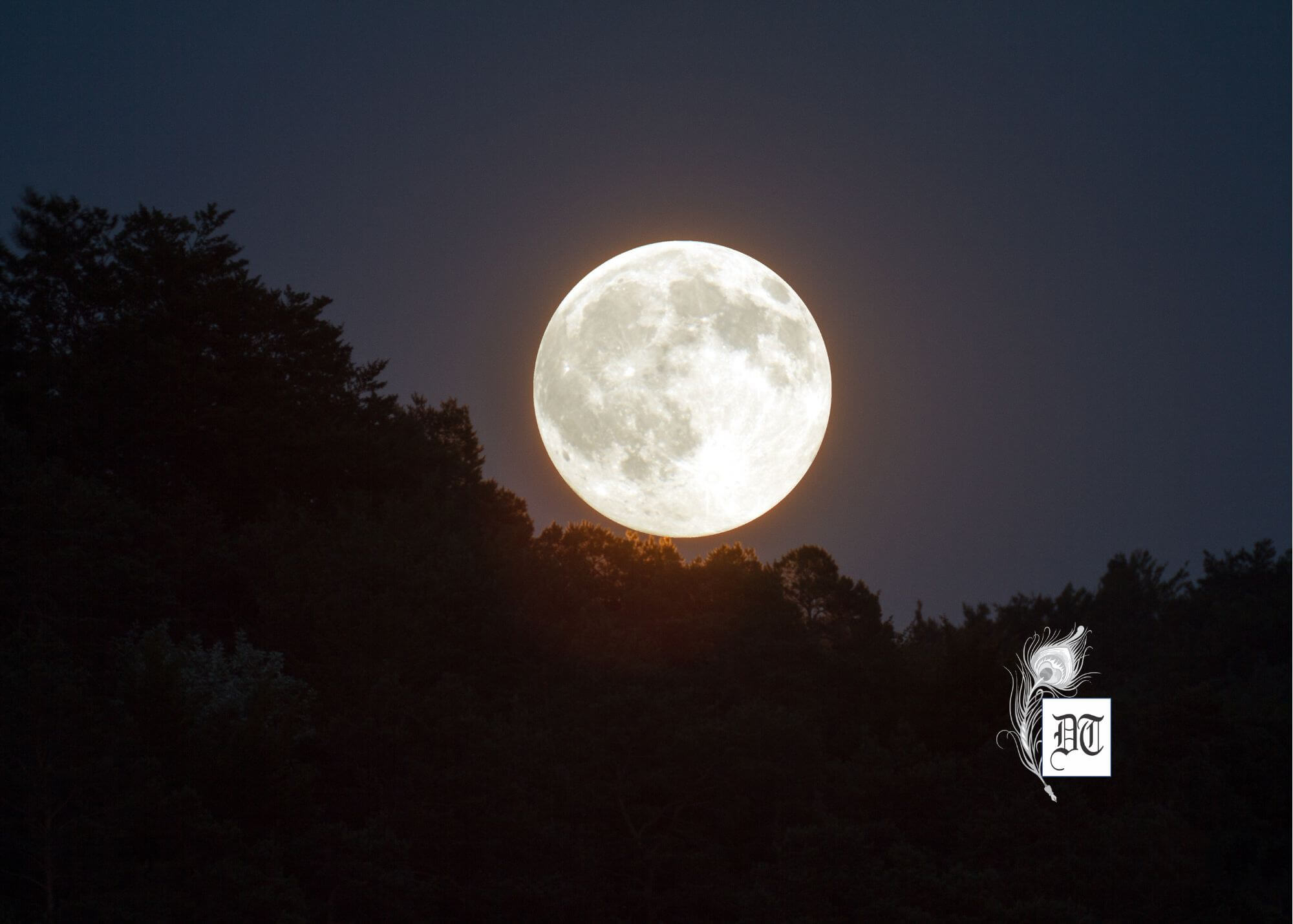
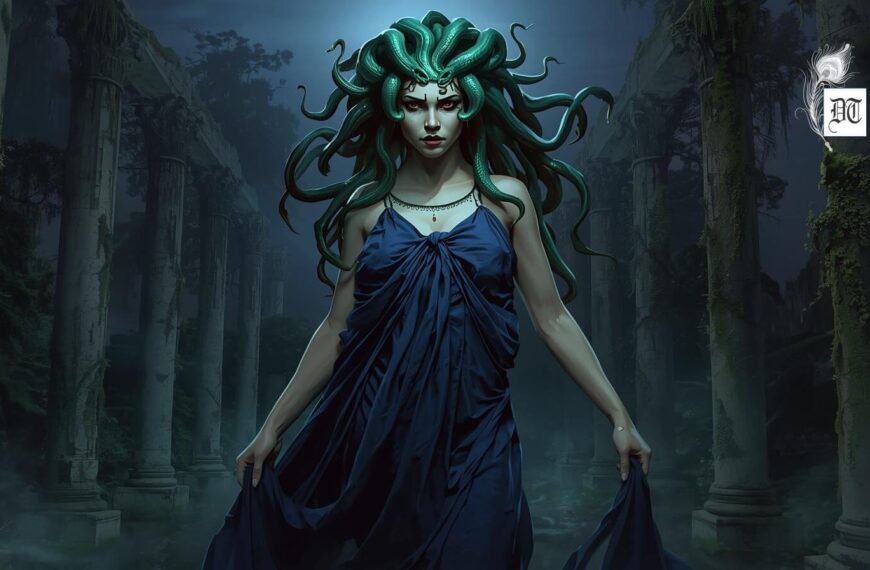
 By
By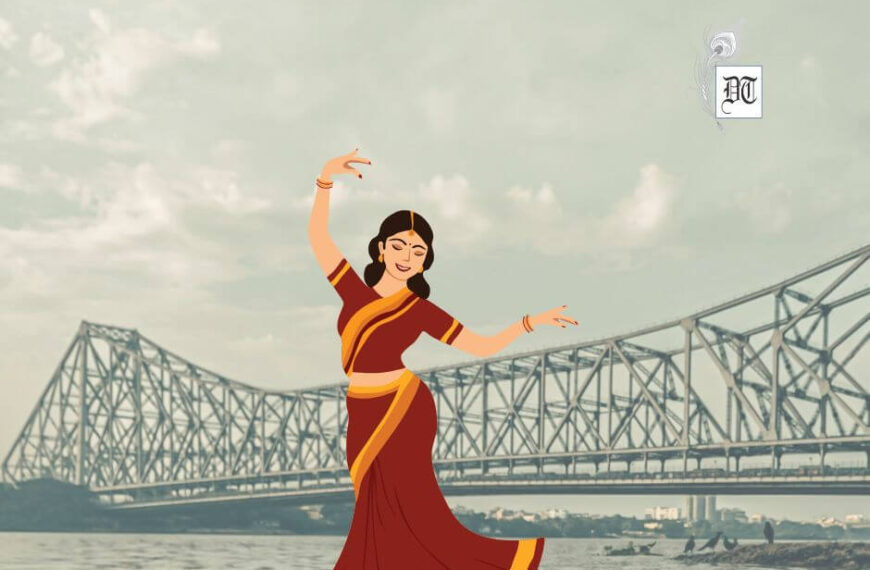
 By
By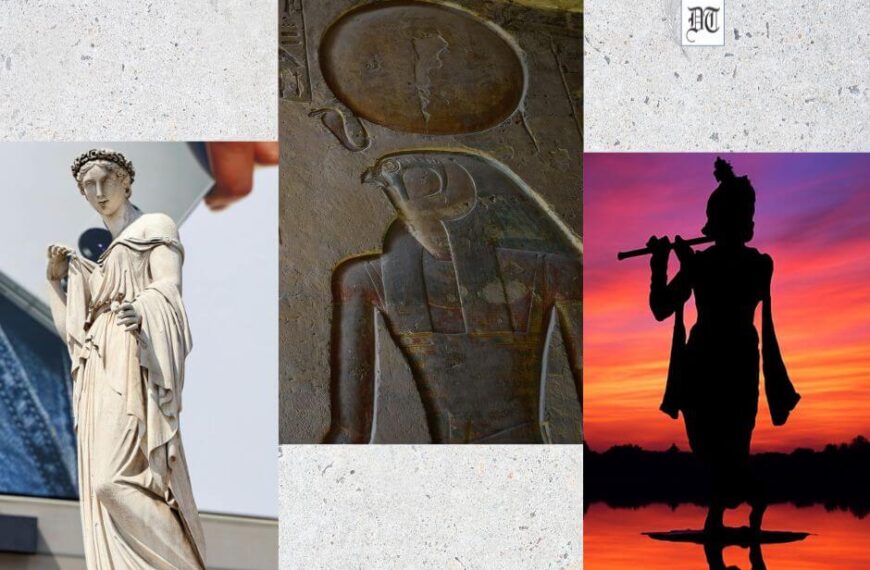

 By
By